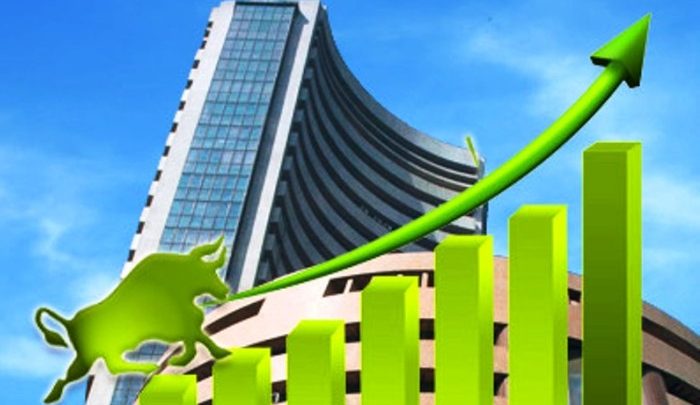
In spite of several challenges including the NBFCs-triggered liquidity crisis as well as global trade tensions and high crude oil prices, the Indian equities market emerged as one of the best performers globally in 2018-19.
A research head told IANS that the Indian indices — S&P BSE Sensex and NSE Nifty50 — both have outperformed major world indices in 2018-19.
The BSE Sensex rose nearly 17 percent during the financial year 2019, while the Nifty50 on the National Stock Exchange increased by 15 per cent during the same period. For both the indices, this was the highest growth in any fiscal since FY 2009-10.
However, the gains were capped as crude oil prices rose and fears over a tariff war-induced global slowdown grew.
On March 29, the last trading day of FY 2018-19, Sensex rose 127 points to close at 38,672.91 and the Nifty50 settled at 11,623.90 points, higher by 53.90 points from its previous close.
On a sectoral basis, the banks, energy and IT sector outperformed with a growth of 25 per cent followed by FMCG at 16 per cent and Pharma at 12 per cent. Lagging behind was the media at (-) 24 per cent, auto (-) 23 per cent and telecom (-) 22 per cent.
A managing director at a trading center said despite a volatile year due to US-China trade tensions, liquidity crisis and NBFCs and India-Pakistan border tension, the Nifty50 rallied by 14.9 per cent while BSE Sensex was higher by 16.9 per cent in FY19.
The year was marked by several issues starting from high crude oil prices, rupee faltering to new record lows, the liquidity crisis in the non-banking financial companies (NBFC), US-China trade tensions, delay in Brexit breakthrough among others.
A founder of a wealth-tech platform said that the market witnessed a correction in September-October after the NBFC crisis came to light as IL&FS defaulted in September.
He noted that recapitalisation of state-run banks which were under stress was a major boost for the markets.
According to analysts, along with recapitalisation of PSBs, eventual easing of liquidity concerns, and a sustained rise in foreign fund inflows also supported the market,
Expectations of the incumbent government coming back to power further boosted the investor sentiments.
Increase in interest rates globally, however, was a major concern for the Indian market cited a research analyst.
He said the important factor that changed the overall scenario in FY19 was the rising interest rates in global markets specifically that by the Federal Reserve. According to him, the liquidity that was there available easily was being sucked out and capital outflow was seen.
Stock-wise, Bajaj Finance, Reliance Industries and Axis Bank have been on the top with a gain of 71 per cent, 54 per cent and 52 per cent in FY2018-19. On the other hand, Tata Motors, Vedanta and Indiabulls Housing Finance lost the most, by 47 per cent, 33 per cent and 31 per cent respectively.
Nifty50 and the Sensex did better as compared to other major global indices, Nasdaq (9.53 per cent), S&P 500 (7.33 per cent), analysts said. Analysts and experts are of the opinion that the markets are likely to continue to scale the upward peak in the next few months.



